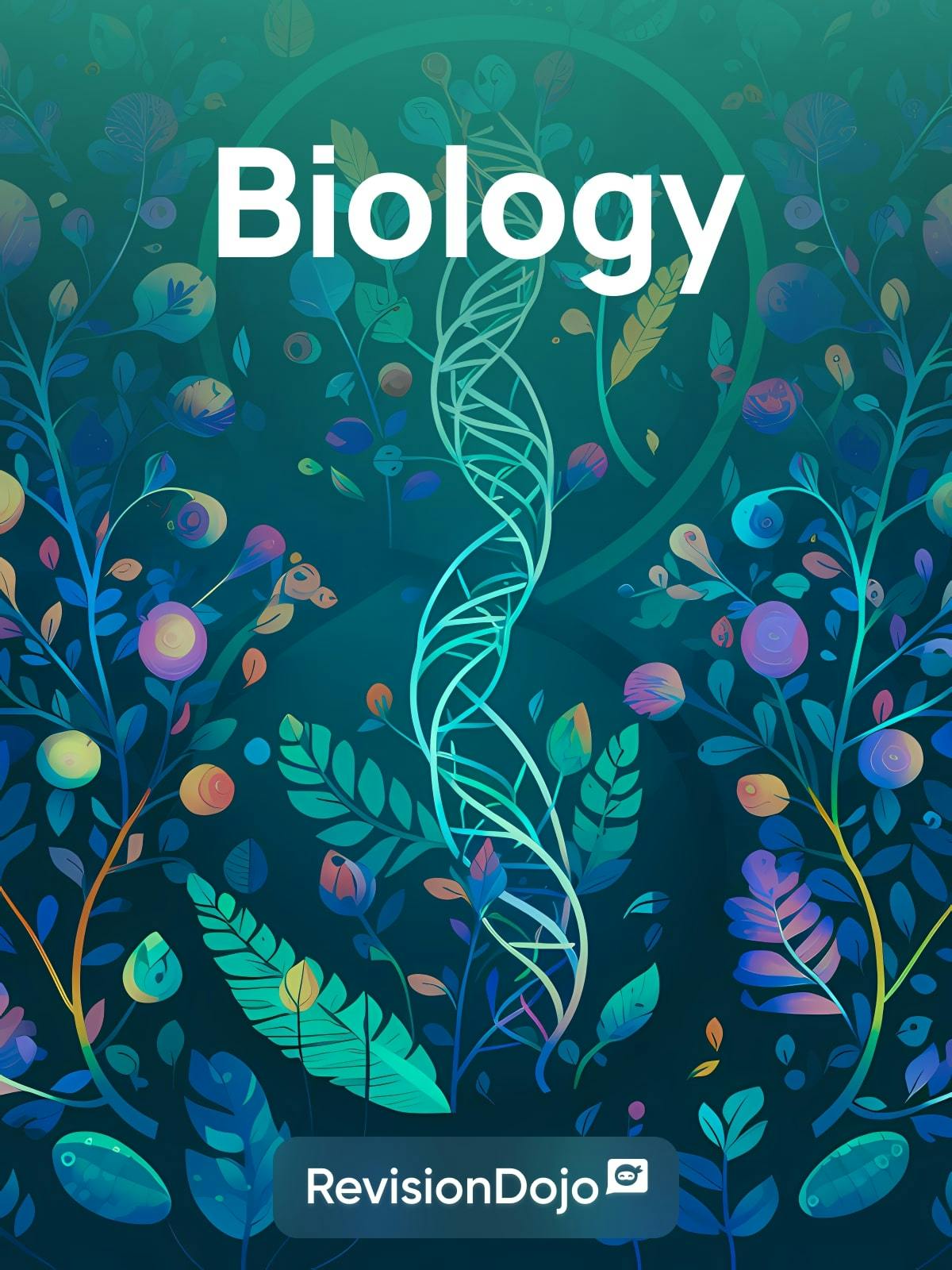
Topic 10 - Genetics and evolution (HL)
Question 1
HLPaper 1Which event happens in meiosis II but not in meiosis I?
Question 2
HLPaper 2Describe the process of crossing over.
Explain the reason for linked genes not following the pattern of inheritance discovered by Mendel.
Question 3
HLPaper 2The diagram shows one of Thomas Hunt Morgan’s crosses of Drosophila in the early 20th century.

State the type of inheritance shown.
Identify the recombinants.
The chi-squared value was calculated as shown. Deduce, with reasons, whether the observed ratio differed significantly from the expected Mendelian ratio.


Question 4
HLPaper 1Which process could cause non-disjunction if it occurred during meiosis?
Question 5
HLPaper 1What could account for this distribution of height in a population?

Question 6
HLPaper 2Extensive areas of the rainforest in Cambodia are being cleared for large-scale rubber plantations. Distinguish between the sustainability of natural ecosystems such as rainforests and the sustainability of areas used for agriculture.
Describe the roles of the shoot apex in the growth of plants.
Research suggests that many living plant species are polyploid. Explain how polyploidy occurs and, using a named example, how polyploidy can lead to speciation.
Question 7
HLPaper 1When a cell divides by meiosis, chiasmata can be observed. Which are features of chiasmata?
I. They are points of attachment between chromatids of non-homologous chromosomes.
II. They occur during meiosis I.
III. They increase stability of bivalents.
Question 8
HLPaper 1Which statement is valid regarding chromatids?
Question 9
HLPaper 2More than 8 million different species are alive today but over the course of evolution, morethan 4 billion may have existed.
Outline the criteria that should be used to assess whether a group of organisms is a species.
Describe the changes that occur in gene pools during speciation.
Discuss the process, including potential risks and benefits, of using bacteria to genetically modify plant crop species.
Question 10
HLPaper 1William Bateson and Reginald Punnett used the sweet pea (Lathyrus odoratus) in genetics studies in the early 20th century. Pure-breeding plants that produced purple flowers and long pollen grains were crossed with pure-breeding plants that produced red flowers and round pollen grains. The resulting offspring all produced purple flowers and long pollen grains. Two of the F1 generation plants were crossed. The table shows the ratio of phenotypes in the F2 generation.

What is an explanation for these experimental results?
